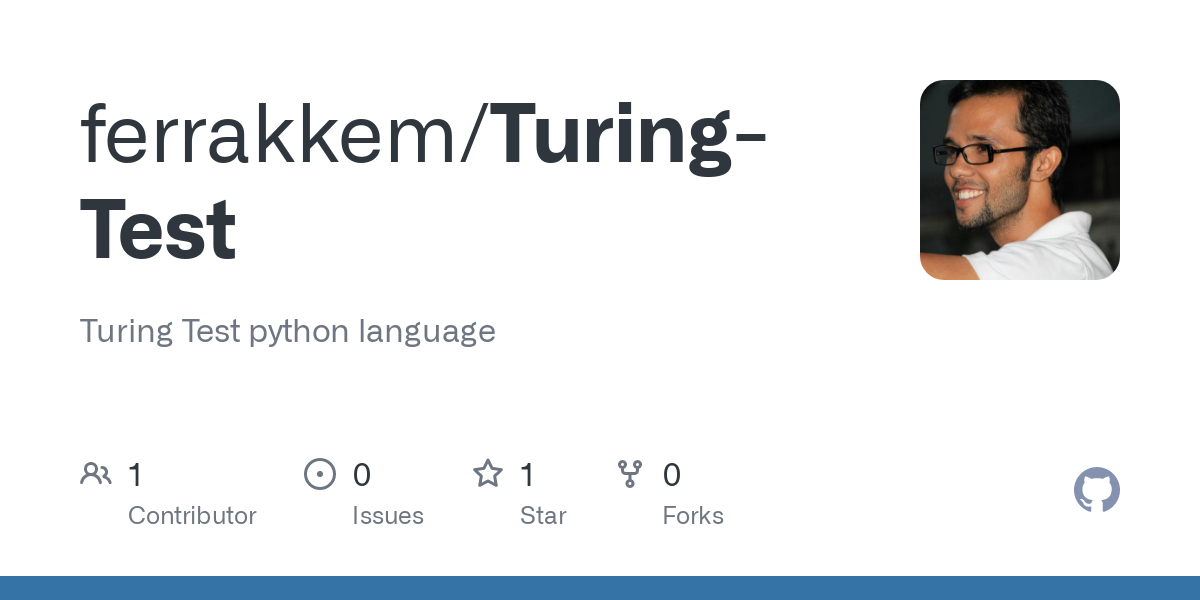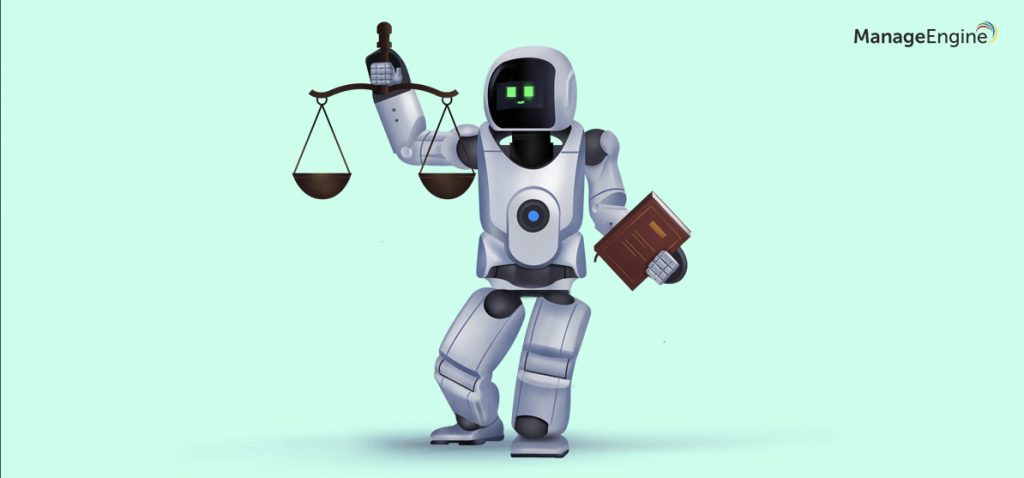
Amazon Machine Learning is something you've likely heard about. But what exactly does it mean? In this article, we'll take a look at some of the tools that are available to you on AWS. These tools include Comprehend (Transcribe), SageMaker, Jupyter Notebook, and SageMaker. These tools are crucial for building and running machine learning applications. These tools are a fraction of the price you would pay for other tools.
Amazon SageMaker
Amazon SageMaker was launched in November 2017 as a cloud-based platform for machine-learning. It allows developers to create, train, deploy, and maintain machine-learning models on embedded systems as well as edge devices. Amazon SageMaker is faster than other cloud-based machine-learning platforms. SageMaker is compatible with many machine-learning frameworks including Keras and TensorFlow.

Amazon Comprehend
With the advent of digital media, businesses can use Amazon Comprehend machine learning to extract valuable insights from text content. This tool recognizes the language of text and can identify specific topics. It can also extract relevant information like names, addresses, and dates. Amazon Comprehend makes use of machine learning algorithms for custom text classification models. Businesses can deliver personalized content and enhance navigation with Amazon Comprehend. The machine learning software also enables businesses to identify common terms, improve their customer service, and increase customer retention through enriched content.
Amazon Transcribe
Multimedia content is growing in popularity as bandwidth and connectivity improves. Companies must discover a way to harness this power to improve efficiency and profit. Automated speech to text services, such as Amazon Transcribe, can help them do just that. Streaming transcription allows users the ability to send live audio streams to AWS services, and to receive a text transcription of that audio stream. This feature is especially useful for call centres, where keyworks detection may trigger specific actions like contacting support.
Jupyter Notebook
Amazon Sagemaker can be used as a fully managed service for machine learning. This service allows users to access a Jupyter Notebook instance and other machine learning algorithms designed for large data and distributed environments. Sagemaker is now available in the US East (N. Virginia). Once you have created a notebook, you can run the code using the provided Jupyter server. Here are some tips to help you get started.

Amazon DeepLens
AWS introduced the AWS DeepLens, the first ever fully-programmable video camera that has deep learning capabilities. AWS provides tutorials and code as well as pre-trained models to assist you in getting started with your new camera. You can read more about AWS deepLens to learn about its benefits. This article will explain how you can use it for your custom machine learning camera. Be sure to learn everything you need before you dive in!
FAQ
What is AI good for?
AI serves two primary purposes.
* Prediction – AI systems can make predictions about future events. AI systems can also be used by self-driving vehicles to detect traffic lights and make sure they stop at red ones.
* Decision making - AI systems can make decisions for us. So, for example, your phone can identify faces and suggest friends calls.
Is Alexa an Ai?
The answer is yes. But not quite yet.
Amazon has developed Alexa, a cloud-based voice system. It allows users to interact with devices using their voice.
First, the Echo smart speaker released Alexa technology. However, similar technologies have been used by other companies to create their own version of Alexa.
These include Google Home as well as Apple's Siri and Microsoft Cortana.
Which are some examples for AI applications?
AI is used in many fields, including finance and healthcare, manufacturing, transport, energy, education, law enforcement, defense, and government. These are just a handful of examples.
-
Finance - AI is already helping banks to detect fraud. AI can spot suspicious activity in transactions that exceed millions.
-
Healthcare – AI is used for diagnosing diseases, spotting cancerous cells, as well as recommending treatments.
-
Manufacturing - AI in factories is used to increase efficiency, and decrease costs.
-
Transportation – Self-driving cars were successfully tested in California. They are now being trialed across the world.
-
Utilities can use AI to monitor electricity usage patterns.
-
Education - AI has been used for educational purposes. Students can, for example, interact with robots using their smartphones.
-
Government – Artificial intelligence is being used within the government to track terrorists and criminals.
-
Law Enforcement – AI is being used in police investigations. Databases containing thousands hours of CCTV footage are available for detectives to search.
-
Defense - AI is being used both offensively and defensively. In order to hack into enemy computer systems, AI systems could be used offensively. Protect military bases from cyber attacks with AI.
How will governments regulate AI
AI regulation is something that governments already do, but they need to be better. They should ensure that citizens have control over the use of their data. They must also ensure that AI is not used for unethical purposes by companies.
They need to make sure that we don't create an unfair playing field for different types of business. You should not be restricted from using AI for your small business, even if it's a business owner.
How does AI function?
An artificial neural system is composed of many simple processors, called neurons. Each neuron receives inputs and then processes them using mathematical operations.
Neurons are arranged in layers. Each layer serves a different purpose. The first layer receives raw data like sounds, images, etc. It then sends these data to the next layers, which process them further. Finally, the last layer generates an output.
Each neuron also has a weighting number. This value is multiplied each time new input arrives to add it to the weighted total of all previous values. The neuron will fire if the result is higher than zero. It sends a signal along the line to the next neurons telling them what they should do.
This process continues until you reach the end of your network. Here are the final results.
How does AI work
An algorithm is an instruction set that tells a computer how solves a problem. A sequence of steps can be used to express an algorithm. Each step is assigned a condition which determines when it should be executed. The computer executes each instruction in sequence until all conditions are satisfied. This continues until the final results are achieved.
Let's suppose, for example that you want to find the square roots of 5. You could write down each number between 1-10 and calculate the square roots for each. Then, take the average. You could instead use the following formula to write down:
sqrt(x) x^0.5
This says to square the input, divide it by 2, then multiply by 0.5.
A computer follows this same principle. The computer takes your input and squares it. Next, it multiplies it by 2, multiplies it by 0.5, adds 1, subtracts 1 and finally outputs the answer.
Are there any AI-related risks?
Of course. They always will. AI could pose a serious threat to society in general, according experts. Others argue that AI is not only beneficial but also necessary to improve the quality of life.
AI's misuse potential is the greatest concern. It could have dangerous consequences if AI becomes too powerful. This includes autonomous weapons, robot overlords, and other AI-powered devices.
AI could also replace jobs. Many people fear that robots will take over the workforce. Others believe that artificial intelligence may allow workers to concentrate on other aspects of the job.
Some economists even predict that automation will lead to higher productivity and lower unemployment.
Statistics
- More than 70 percent of users claim they book trips on their phones, review travel tips, and research local landmarks and restaurants. (builtin.com)
- Additionally, keeping in mind the current crisis, the AI is designed in a manner where it reduces the carbon footprint by 20-40%. (analyticsinsight.net)
- In 2019, AI adoption among large companies increased by 47% compared to 2018, according to the latest Artificial IntelligenceIndex report. (marsner.com)
- According to the company's website, more than 800 financial firms use AlphaSense, including some Fortune 500 corporations. (builtin.com)
- By using BrainBox AI, commercial buildings can reduce total energy costs by 25% and improves occupant comfort by 60%. (analyticsinsight.net)
External Links
How To
How to build an AI program
You will need to be able to program to build an AI program. There are many programming languages to choose from, but Python is our preferred choice because of its simplicity and the abundance of online resources, like YouTube videos, courses and tutorials.
Here's a brief tutorial on how you can set up a simple project called "Hello World".
You'll first need to open a brand new file. For Windows, press Ctrl+N; for Macs, Command+N.
In the box, enter hello world. Enter to save the file.
Now press F5 for the program to start.
The program should display Hello World!
But this is only the beginning. These tutorials will help you create a more complex program.